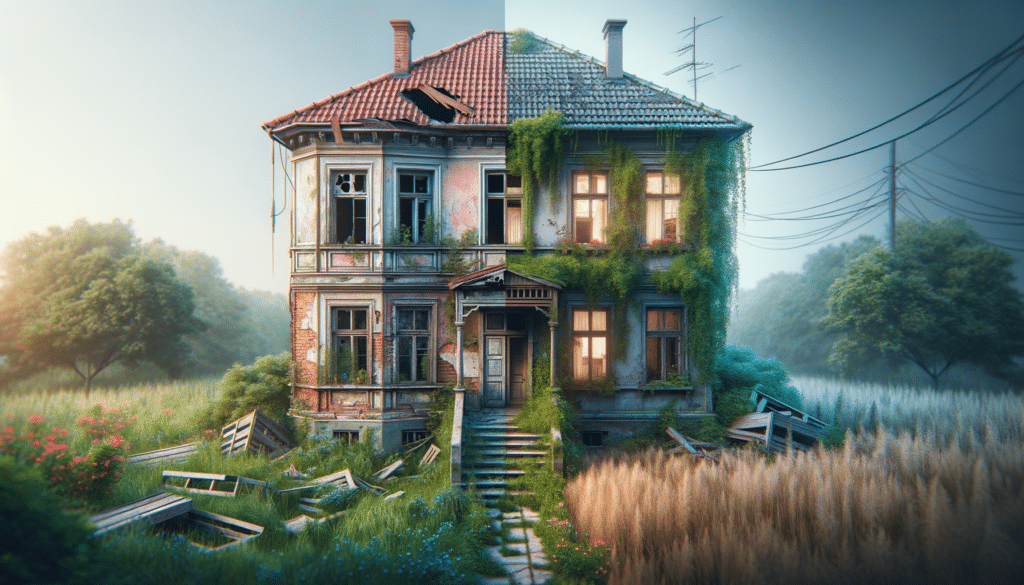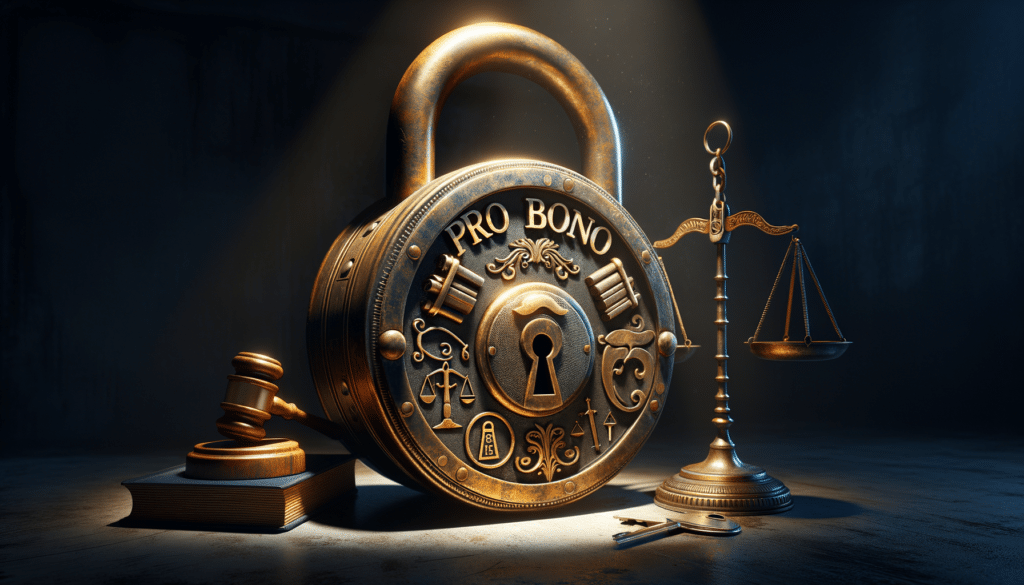Understanding the Appeal of Abandoned Houses
Abandoned houses often captivate the imagination with their mysterious allure and untapped potential. These properties, left behind for various reasons, can be found in both urban and rural settings, each with its own story to tell. For some, the appeal lies in the opportunity to restore a piece of history, while others see a chance to invest in real estate at a lower cost. The charm of these properties is not just in their potential for renovation but also in the unique characteristics that set them apart from more conventional housing options.
One of the main attractions of abandoned houses is their affordability. Often, these properties are priced significantly lower than their occupied counterparts due to their condition and the perceived risk involved. This makes them an attractive option for first-time buyers or investors looking to maximize their return on investment. Additionally, the historical features and architectural details found in many abandoned homes can add significant value once restored, offering a unique living experience that new constructions may lack.
However, purchasing an abandoned house is not without its challenges. Buyers must be prepared to invest time, effort, and money into renovations, which can sometimes be extensive. It’s essential to conduct thorough inspections and research to understand the full scope of work required. Despite these challenges, the satisfaction of breathing new life into a neglected property can be immensely rewarding, both personally and financially.
Legal and Financial Considerations
Before diving into the purchase of an abandoned house, it’s crucial to navigate the legal and financial aspects that come with it. These properties may have complex ownership histories, including liens, unpaid taxes, or disputes that need resolution before a sale can proceed. Prospective buyers should enlist the help of a real estate attorney to ensure that all legal matters are addressed and that the title is clear.
Financing an abandoned house can also present unique challenges. Traditional lenders may be hesitant to provide mortgages for properties in poor condition. However, there are specialized loan programs available, such as renovation loans, which can cover both the purchase price and the cost of necessary repairs. Buyers should explore these options and have a clear financial plan in place before proceeding.
It’s also important to consider the potential return on investment. While the initial purchase price may be low, the cost of renovations can add up quickly. Buyers should conduct a detailed cost analysis and compare it to the potential market value of the property post-renovation to ensure that the investment is sound.
Renovation Challenges and Opportunities
Renovating an abandoned house can be a daunting yet rewarding endeavor. These properties often require significant repairs, from structural issues to outdated electrical and plumbing systems. However, for those with a keen eye for design and a passion for restoration, the transformation process can be incredibly fulfilling.
One of the opportunities in renovating abandoned houses is the chance to preserve historical features while incorporating modern amenities. Many of these homes boast unique architectural details, such as original woodwork, stained glass, or vintage fixtures, which can be restored to their former glory. By blending these elements with contemporary updates, homeowners can create a space that offers both charm and functionality.
To tackle the renovation process effectively, it’s essential to work with experienced contractors who understand the intricacies of restoring older properties. Creating a detailed renovation plan and budget is crucial to managing costs and timelines. Despite the challenges, the end result can be a truly one-of-a-kind home that reflects the owner’s vision and dedication.
Community Impact and Revitalization
Purchasing and renovating abandoned houses can have a positive impact not only on the homeowner but also on the surrounding community. These properties, when left neglected, can become eyesores and detract from neighborhood appeal. By investing in their restoration, homeowners contribute to the revitalization of the area, potentially increasing property values and attracting new residents.
Community revitalization projects often include incentives for those willing to take on the challenge of renovating abandoned homes. These may include tax breaks, grants, or low-interest loans aimed at encouraging investment in distressed areas. Such initiatives can foster a sense of community pride and involvement, as residents work together to improve their neighborhood.
Moreover, the restoration of abandoned houses can preserve local history and cultural heritage, maintaining the character and identity of the area. This not only benefits current residents but also attracts visitors and potential new homeowners who appreciate the unique qualities of the neighborhood.
Conclusion: Weighing the Risks and Rewards
Investing in abandoned houses is a venture filled with both risks and rewards. While the challenges of legal issues, financing, and extensive renovations can be daunting, the potential benefits make it a worthwhile consideration for many. From the satisfaction of restoring a historic property to the financial gains of a successful investment, the rewards can be significant.
Prospective buyers should approach the process with careful planning and due diligence, ensuring that they understand the full scope of what purchasing an abandoned house entails. By doing so, they can turn a neglected property into a cherished home, contributing positively to their community and preserving a piece of history for future generations.





